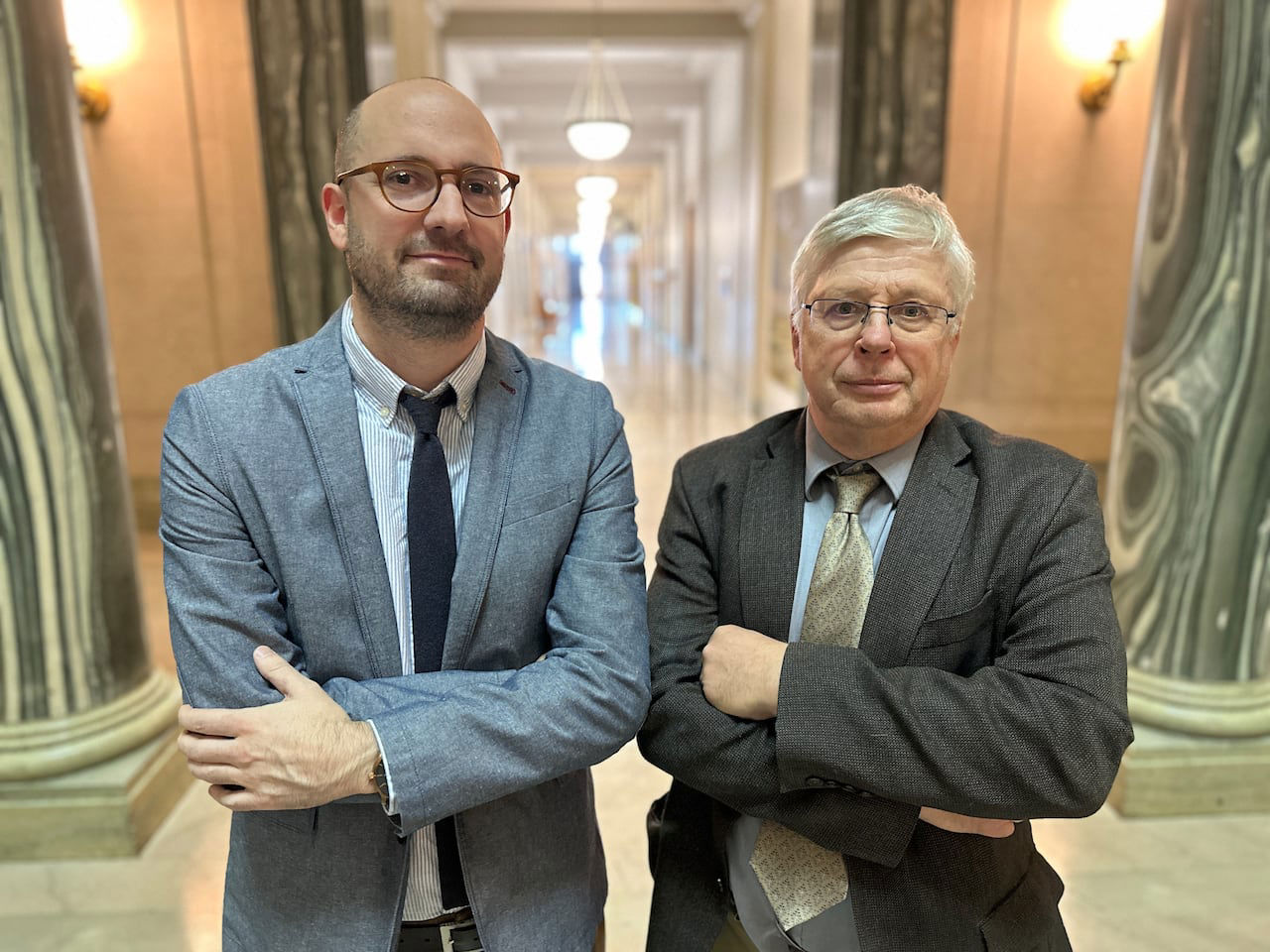Sound Perimeter: Understanding Music's Social Impact

Table of Contents
Music as a Catalyst for Social Change
Music's ability to unite and inspire has made it a potent tool for social change throughout history. Its influence transcends geographical boundaries and cultural differences, acting as a powerful amplifier for marginalized voices and a driving force behind social movements.
Anthems of Revolution and Protest
Iconic protest songs have played pivotal roles in mobilizing social movements. "We Shall Overcome," a cornerstone of the American Civil Rights Movement, became a symbol of hope and perseverance in the face of oppression. Similarly, Bob Dylan's "Blowin' in the Wind" captured the anti-war sentiment of the 1960s, prompting reflection and action against the Vietnam War. These anthems weren't just catchy tunes; they were calls to action, galvanizing communities and fueling social activism.
- Specific examples:
- "We Shall Overcome": This gospel-influenced song, popularized by Pete Seeger, became a powerful anthem of the Civil Rights Movement, embodying the spirit of nonviolent resistance.
- "Blowin' in the Wind": Bob Dylan's poignant lyrics questioned the injustices of war and oppression, resonating deeply with a generation yearning for change.
- "Imagine" by John Lennon: This iconic song promoted peace and unity, becoming an anthem for peace movements worldwide.
Music amplifies marginalized voices, providing a platform for those often unheard. Artists can express experiences of oppression, inequality, and injustice, fostering empathy and understanding among listeners. This shared emotional experience fosters solidarity and encourages collective action. From the struggles for civil rights to anti-apartheid movements, music has consistently been a powerful tool for social change.
Music and Political Ideology
Music is intrinsically linked to political ideology. Throughout history, regimes have used music as a tool for propaganda, promoting their ideology and consolidating power. Conversely, musicians have used their art to challenge oppressive regimes and express dissenting views.
- Examples of politically charged music:
- Soviet-era socialist realism: Music promoted communist ideals and glorified the state.
- Punk rock: Often a rebellious expression against established norms and political systems.
- Hip hop: Frequently used as a voice for social commentary and critique of political and social injustices.
The control and censorship of music in authoritarian regimes demonstrate the perceived threat posed by music that challenges the status quo. Conversely, the use of music in political campaigns illustrates its power to influence public opinion and mobilize support. Understanding the interplay between music and politics is crucial to understanding the broader social and political landscape.
Music's Influence on Cultural Identity and Preservation
Music plays a fundamental role in shaping and preserving cultural identities. It acts as a vessel for transmitting traditions, values, and stories across generations, contributing significantly to the richness and diversity of human experience.
Folk Music and Cultural Heritage
Folk music is a powerful repository of cultural heritage. It preserves traditional stories, beliefs, and historical accounts, passing them down through oral tradition. Often tied to specific regions, folk music reflects the unique history and cultural identity of a community. The melodies, rhythms, and lyrics transmit cultural values, ensuring the continuation of traditions.
- Examples of folk music traditions:
- Irish folk music: Characterized by its lively jigs and reels, reflecting the country's history and storytelling traditions.
- Blues music: Originating from the African American experience in the southern United States, it reflects struggles, resilience, and joy.
- Klezmer music: Associated with the Jewish diaspora in Eastern Europe, it showcases musical traditions and cultural narratives.
Folk music plays a crucial role in preserving endangered languages and cultural practices. By integrating language and cultural narratives into musical forms, communities maintain their unique identities and avoid cultural assimilation.
Music and National Identity
National anthems and patriotic songs contribute significantly to the formation and maintenance of national identity. These songs evoke a sense of shared history, values, and belonging, fostering unity and patriotism. Popular music also plays a part, reflecting the nation's cultural values and often becoming associated with specific historical periods or events.
- Examples:
- "The Star-Spangled Banner": The national anthem of the United States, associated with its history and independence.
- "God Save the Queen": The UK's national anthem, reflecting its history and monarchy.
- Popular music: Many countries have popular music genres distinctly linked to their national identities, such as Flamenco in Spain or Samba in Brazil.
Globalization has presented both opportunities and challenges to national musical identities. While globalization enables the exchange of musical styles and ideas, it also raises concerns about the potential erosion of unique national traditions.
The Social Impact of Music Consumption and Technology
The advent of digital music platforms and social media has fundamentally altered music consumption and its social impact.
The Power of Music Streaming and Social Media
Digital music streaming services such as Spotify and Apple Music have revolutionized music distribution, making vast music libraries readily available to listeners globally. Social media platforms like YouTube, Instagram, and TikTok have become crucial tools for artists to connect with fans, share their music, and build their careers.
- Impact statistics:
- The rise of music streaming has led to a decrease in physical album sales but an increase in overall music consumption.
- Social media significantly impacts artist discovery and the spread of musical trends.
- Copyright issues remain a major challenge in the digital music landscape.
The ease of access to music through streaming platforms has democratized music consumption, but it has also raised ethical questions about artist compensation and fair revenue distribution. The influence of social media algorithms in shaping musical trends warrants further investigation.
Music Therapy and its Social Benefits
Music therapy leverages the therapeutic properties of music to address a wide range of physical, emotional, and cognitive challenges. It has proven effective in healthcare, education, and rehabilitation settings, enhancing the well-being of individuals and communities.
- Examples of music therapy applications:
- Stress reduction: Music therapy can help manage stress, anxiety, and depression.
- Pain management: Music can be used to alleviate pain and improve comfort in patients.
- Cognitive rehabilitation: Music therapy assists in improving cognitive functions in patients with neurological conditions.
Music therapy’s social impact extends beyond individual benefits. Community-based music therapy programs can promote social inclusion and enhance quality of life for individuals and groups facing social challenges.
Conclusion
Music's social impact is undeniable, extending far beyond simple entertainment. From fueling social movements and preserving cultural heritage to shaping personal identities and providing therapeutic benefits, the “sound perimeter” of music's influence is vast and profound. Understanding this impact is crucial for appreciating music's role in our lives and societies. To further explore the multifaceted influence of music, consider researching specific movements, artists, or genres that resonate with you and delve deeper into the fascinating world of music's social impact. Continue your exploration of the sound perimeter and discover the powerful societal forces at play within the world of music.

Featured Posts
-
 Saskatchewan Political Panel Analysis Of Recent Federal Leaders Visit And Public Reaction
May 22, 2025
Saskatchewan Political Panel Analysis Of Recent Federal Leaders Visit And Public Reaction
May 22, 2025 -
 A Young Playwrights Watercolor Script A Realistic Review
May 22, 2025
A Young Playwrights Watercolor Script A Realistic Review
May 22, 2025 -
 Watch Peppa Pig Cartoons Online Free Streaming Sites And Apps
May 22, 2025
Watch Peppa Pig Cartoons Online Free Streaming Sites And Apps
May 22, 2025 -
 Musique Le Hellfest Investit Le Noumatrouff De Mulhouse
May 22, 2025
Musique Le Hellfest Investit Le Noumatrouff De Mulhouse
May 22, 2025 -
 Jail Sentence For Tory Councillors Wife Following Racist Tweets In Southport
May 22, 2025
Jail Sentence For Tory Councillors Wife Following Racist Tweets In Southport
May 22, 2025
Latest Posts
-
 Analyse Abn Amro De Impact Van Groeiend Autobezit Op De Occasionmarkt
May 22, 2025
Analyse Abn Amro De Impact Van Groeiend Autobezit Op De Occasionmarkt
May 22, 2025 -
 Abn Amro Rapporteert Significante Toename In Occasionverkoop
May 22, 2025
Abn Amro Rapporteert Significante Toename In Occasionverkoop
May 22, 2025 -
 Abn Amro Ziet Occasionverkoop Flink Stijgen Analyse Van De Automarkt
May 22, 2025
Abn Amro Ziet Occasionverkoop Flink Stijgen Analyse Van De Automarkt
May 22, 2025 -
 Abn Amro En Transferz Partnerschap Voor Innovatieve Digitale Oplossingen
May 22, 2025
Abn Amro En Transferz Partnerschap Voor Innovatieve Digitale Oplossingen
May 22, 2025 -
 Hypotheken Intermediair Karin Polman Nieuwe Directeur Bij Abn Amro Florius En Moneyou
May 22, 2025
Hypotheken Intermediair Karin Polman Nieuwe Directeur Bij Abn Amro Florius En Moneyou
May 22, 2025
